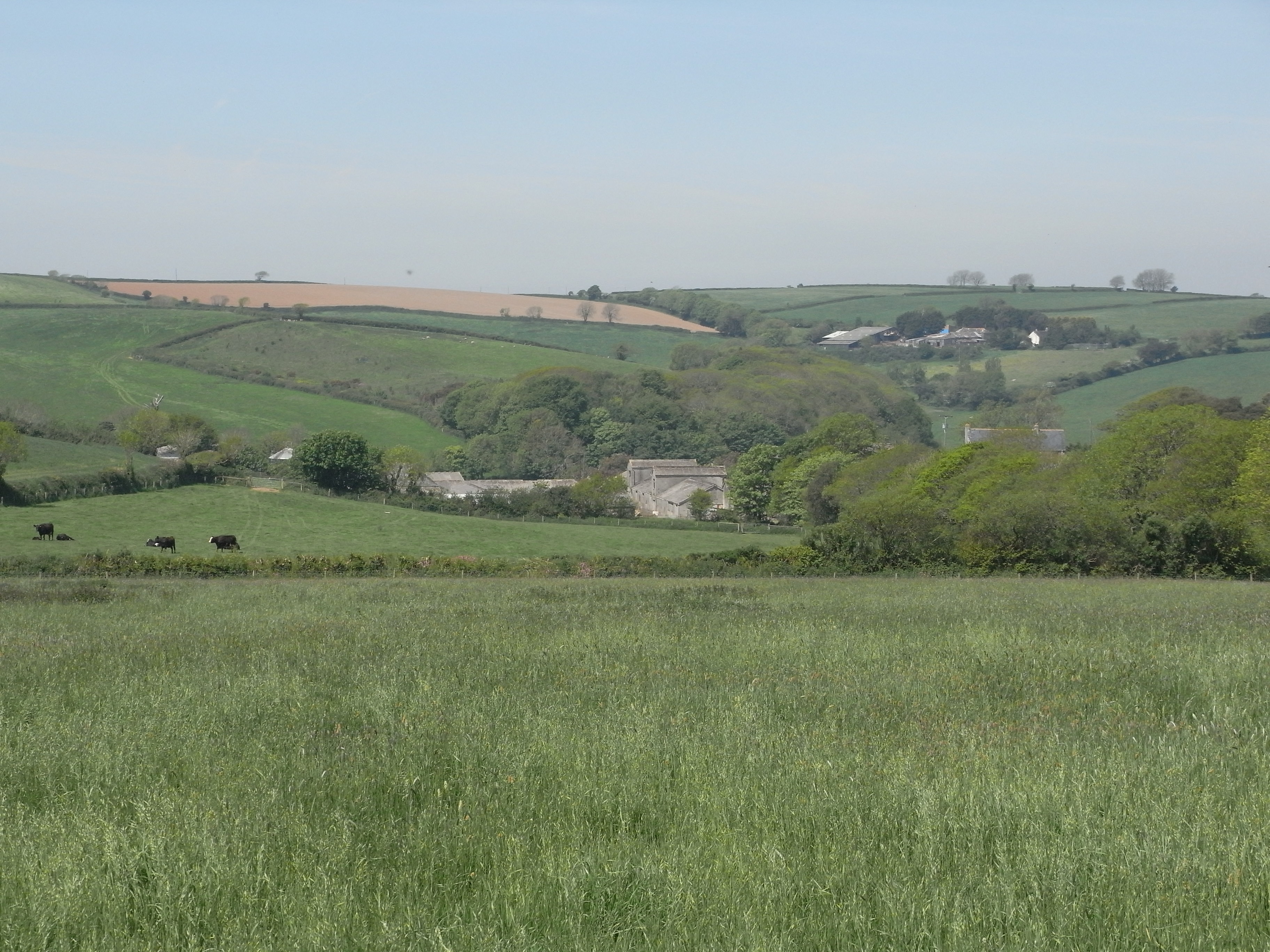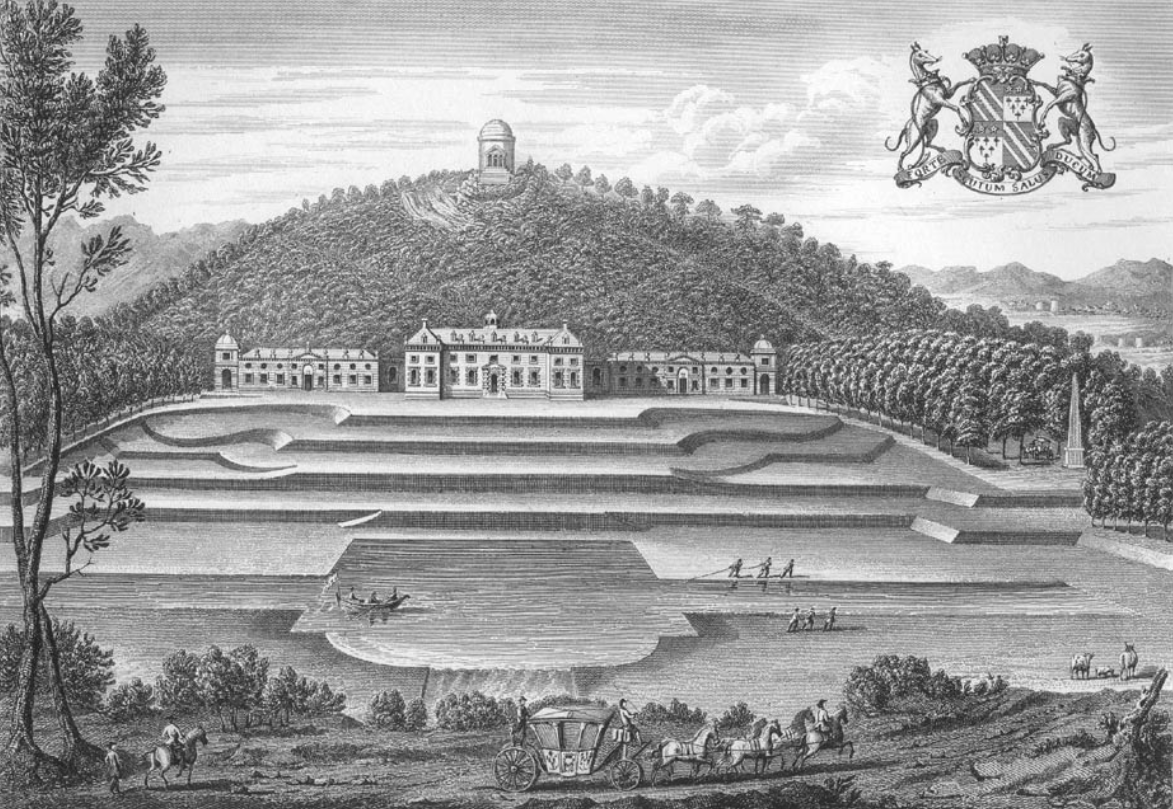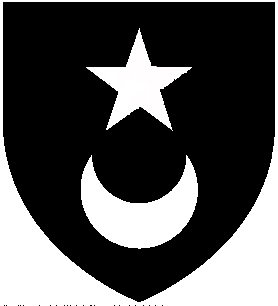|
Whympston
Whympston (anciently Wimpstone, Wymondston, Wimston, Wymston, etc), in the parish of Modbury in Devon, England, is a historic manor. In the 12th century, it became the earliest English seat of the prominent Norman family of Fortescue, influential in British and West Country history, which survives today as Earl Fortescue, seated at Ebrington in Gloucestershire, but until recently seated at Castle Hill and Weare Giffard in Devon. Descent Fortescue As the 17th-century Fortescue mural monument in the parish church of Weare Giffard (see below) states, "Whympstone" (modern spelling "Whympston") in the parish of Modbury is the oldest known home of the Fortescue family. The manor of Whympston is thought to have been granted to them by King John in 1209, but according to Hoskins they were already in the district in about 1140, when Ralph Fortescue donated some land to Modbury Priory at about the time of its foundation. William Fortescue (died post-1406) William Fortescue (die ... [...More Info...] [...Related Items...] OR: [Wikipedia] [Google] [Baidu] |
John Fortescue (Captain Of Meaux)
John Fortescue (died after 1432), of Shepham Pole, Sir William (died 1635), Collections Towards a Description of the County of Devon', Sir John-William de la Pole (ed.), London, 1791, pp. 300-301. in the parish of Modbury in Devon, was an English landowner and administrator. He is said in most ancient sources to have been appointed in 1422 by King Henry V as Captain of the captured Castle of Meaux, Vivian, Lt.Col. J.L., (Ed.) ''The Visitations of the County of Devon: Comprising the Heralds' Visitations of 1531, 1564 & 1620''. Exeter, 1895, pp.352–3. north-east of Paris, following the Siege of Meaux during the Hundred Years' War, although this appointment is questioned by Ives (2005). Origins He was born in the 1370s, the second son of William Fortescue (died after 1406), of Whympston in the parish of Modbury in Devon (the earliest recorded English seat of the Fortescue family) by his wife Elizabeth Beauchamp, widow of Richard Branscombe and a daughter of Sir John Beauchamp o ... [...More Info...] [...Related Items...] OR: [Wikipedia] [Google] [Baidu] |
Earl Fortescue
Earl Fortescue is a title in the Peerage of Great Britain that was created in 1789 for Hugh Fortescue, 3rd Baron Fortescue (1753–1841), a member of parliament for Beaumaris and Lord-Lieutenant of Devon. History The Earls Fortescue descend from Sir Hugh Fortescue (1665–1719) of Filleigh and of Weare Giffard, both in Devon, whose first wife's first cousin had been 13th Baron Clinton and 5th Earl of Lincoln. In 1721 the abeyance of the ancient barony of Clinton was terminated in favour of his son Hugh Fortescue (1696–1751), who thus became the 14th Baron Clinton. On 5 July 1746, he was created Earl Clinton, with normal remainder to the heirs male of his body and Baron Fortescue, of Castle Hill in the County of Devon, with special remainder, failing heirs male of his body, to his half-brother Matthew Fortescue. Both titles were in the Peerage of Great Britain. Hugh Fortescue, 1st Earl Clinton (1696–1751), had no legitimate children and thus on his death the baro ... [...More Info...] [...Related Items...] OR: [Wikipedia] [Google] [Baidu] |
Modbury
Modbury is a large village, ecclesiastical parish, civil parish and former manor situated in the South Hams district of the county of Devon in England. Today due to its large size it is generally referred to as a "town" although the parish council has not elected to give itself the status of a town as it could do under s.245(6) of the Local Government Act 1972, so it does not have a town council and cannot have a town mayor. It is also known informally as a "market town", as from at least 1199 the lord of the manor has held the right to hold a regular market. The village is situated on the A379 road, which links it to Plymouth and Kingsbridge. The current parish population is approximately 1,500. Etymology The name Modbury is a corruption of the Anglo-Saxon name, ''Moot burgh'' from 'Moot' meaning either 'Mud' or 'meeting' and 'bury' meaning 'fortified enclosure'. History Modbury is recorded in the Domesday Book of 1086. It has had permission to hold a weekly fair since befo ... [...More Info...] [...Related Items...] OR: [Wikipedia] [Google] [Baidu] |
John Fortescue (judge)
Sir John Fortescue ( 1394 – December 1479) of Ebrington in Gloucestershire, was Chief Justice of the King's Bench and was the author of ''De Laudibus Legum Angliae'' (''Commendation of the Laws of England''), first published posthumously ''circa'' 1543, an influential treatise on English law. In the course of Henry VI's reign, Fortescue was appointed one of the governors of Lincoln's Inn three times and served as a Member of Parliament from 1421 to 1437. He became one of the King's Serjeants during the Easter term of 1441, and subsequently served as Chief Justice of the King's Bench from 25 January 1442 to Easter term 1460. During the Wars of the Roses, Henry VI was deposed in 1461 by Edward of York, who ascended the throne as Edward IV. Henry and his queen, Margaret of Anjou, later fled to Scotland. Fortescue remained loyal to Henry, and as a result was attainted of treason. He is believed to have been given the nominal title of Chancellor of England during Henry's e ... [...More Info...] [...Related Items...] OR: [Wikipedia] [Google] [Baidu] |
Castle Hill, Filleigh
Castle Hill in the parish of Filleigh in North Devon, is an early Neo-Palladian country house situated north-west of South Molton and south-east of Barnstaple. It was built in 1730 by Hugh Fortescue, 14th Baron Clinton (1696–1751), who was later created in 1751 1st Baron Fortescue and 1st Earl of Clinton, the son of Hugh Fortescue (died 1719), lord of the manor of Filleigh, Weare Giffard, etc., whose family is earliest recorded as residing in the 12th century at the manor of Whympston in the parish of Modbury in South Devon. The Fortescue family became major land owners, influential in British and West Country history. Castle Hill is a rare example in Devon of an 18th-century country mansion "on the grand scale". The house was substantially reconstructed following a disastrous fire in 1934. It was designated a Grade II* listed building in 1967. The park and gardens are Grade I listed in the National Register of Historic Parks and Gardens. Today the property is leased ... [...More Info...] [...Related Items...] OR: [Wikipedia] [Google] [Baidu] |
Weare Giffard
Weare Giffard is a small village, civil parish and former manor in the Torridge district, in north Devon. The church and manor house are situated 2 1/2 miles NW of Great Torrington in Devon. Most of the houses within the parish are situated some 1/2-mile east of the church. The church is situated on a hillside to the north and slightly above the wide and flat valley floor of the River Torridge. The Church of the Holy Trinity and the adjacent Weare Giffard Hall are designated members of the Grade I listed buildings in Devon. History The historian of Devon Tristram Risdon (d.1640) supposed the name Weare to be derived from a fish weir which was historically situated in the river to catch fish. The construction of a fish-weir generally required a licence from the feudal overlord, as naturally these affected the catches of other inhabitants further along the river. Many disputes are recorded in the medieval records over disputes concerning fish-weirs. Descent of the manor Giffar ... [...More Info...] [...Related Items...] OR: [Wikipedia] [Google] [Baidu] |
Hundred Years' War
The Hundred Years' War (; 1337–1453) was a series of armed conflicts between the kingdoms of Kingdom of England, England and Kingdom of France, France during the Late Middle Ages. It originated from disputed claims to the French Crown, French throne between the English House of Plantagenet and the French royal House of Valois. Over time, the war grew into a broader power struggle involving factions from across Western Europe, fuelled by emerging nationalism on both sides. The Hundred Years' War was one of the most significant conflicts of the Middle Ages. For 116 years, interrupted by several Ceasefire, truces, five generations of kings from two rival Dynasty, dynasties fought for the throne of the dominant kingdom in Western Europe. The war's effect on European history was lasting. Both sides produced innovations in military technology and tactics, including professional standing armies and artillery, that permanently changed warfare in Europe; chivalry, which had reac ... [...More Info...] [...Related Items...] OR: [Wikipedia] [Google] [Baidu] |
Filleigh
Filleigh is a small village, civil parish and former manor in North Devon, on the southern edge of Exmoor, west of South Molton. The village centre's street was, until the 1980s opening of the North Devon Link Road, the main highway between the North Devon administrative centre of Barnstaple and South Molton, leading westwards to Taunton. Much of the village's land is contained within grade I listed park and garden, Castle Hill, which straddles both sides of the Link Road providing a glimpse of some of it. History Manor De Filleigh The manor was held in the 14th century by a family which took its name from the manor, de Filleigh. The family also held lands within the neighbouring settlements of East Buckland, Bray and Charles. Denzell On default of male heirs, the manor passed by marriage to the Denzell (or Densyll etc.) family. This family originated from Denzell manor in St Mawgan parish, near St Columb Major, near Newquay, Cornwall. The senior line became extinct in ... [...More Info...] [...Related Items...] OR: [Wikipedia] [Google] [Baidu] |
Buckland Filleigh
Buckland Filleigh is a village, civil parish and former manor in the Torridge district of North Devon, England, situated about 8 miles south of the town of Great Torrington. According to the 2001 census, the parish had a population of 170. It is surrounded clockwise from the north by the parishes of Peters Marland, Petrockstowe, Highampton, Sheepwash and Shebbear. Within the parish is the manor house known as Buckland House, damaged by fire in 1798 and rebuilt in 1810 in the neo-classical style by John Inglett Fortescue (1758–1841) to the designs of the architect James Green. History The manor of Buckland Filleigh is listed in the Domesday Book Domesday Book () – the Middle English spelling of "Doomsday Book" – is a manuscript record of the "Great Survey" of much of England and parts of Wales completed in 1086 by order of King William I, known as William the Conqueror. The manusc ... and was later held successively by the families of de Filleigh, Denzell, Fortes ... [...More Info...] [...Related Items...] OR: [Wikipedia] [Google] [Baidu] |
Earl Of Clermont
Earl () is a rank of the nobility in the United Kingdom. The title originates in the Old English word ''eorl'', meaning "a man of noble birth or rank". The word is cognate with the Scandinavian form ''jarl'', and meant "chieftain", particularly a chieftain set to rule a territory in a king's stead. After the Norman Conquest, it became the equivalent of the continental count (in England in the earlier period, it was more akin to a duke; in Scotland, it assimilated the concept of mormaer). Alternative names for the rank equivalent to "earl" or "count" in the nobility structure are used in other countries, such as the '' hakushaku'' (伯爵) of the post-restoration Japanese Imperial era. In modern Britain, an earl is a member of the peerage, ranking below a marquess and above a viscount. A feminine form of ''earl'' never developed; instead, ''countess'' is used. Etymology The term ''earl'' has been compared to the name of the Heruli, and to runic '' erilaz''. Proto-Norse ' ... [...More Info...] [...Related Items...] OR: [Wikipedia] [Google] [Baidu] |
Ebrington Manor
Ebrington Manor is a grade II listed manor house in the parish of Ebrington in Gloucestershire, England. Since 1476 it has been a seat of the Fortescue family, since 1789 Earls Fortescue. Location It is located within the village of Ebrington in Gloucestershire, immediately to the south-west of the parish church of Ebrington. History The house dates back to the fourteenth or fifteenth century, and was significantly altered twice, in the seventeenth and nineteenth centuries. It was built on land purchased by Sir John Fortescue (c.1394-1479), who was Chief Justice of the King's Bench. An heraldic cartouche above the entrance door displays the arms of Fortescue impaling Aylmer, representing Hugh Fortescue (1665–1719), and his second wife Lucy Aylmer, whom he married after 1708, a daughter of Matthew Aylmer, 1st Baron Aylmer (circa 1650–1720), grandparents of Hugh Fortescue, 1st Earl Fortescue (1753-1841). During World War II the house was run by the American Red Cr ... [...More Info...] [...Related Items...] OR: [Wikipedia] [Google] [Baidu] |





